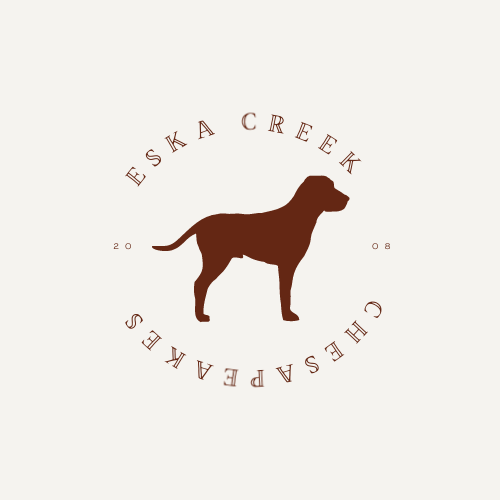Teaching Your Dog to Accept a Muzzle: A Step-by-Step Guide
One of the worst feelings as a dog owner or trainer is having a dog that needs your help, but will not allow you to do what you need to do. Whether from fear or pain, a dog can make it nearly impossible without adding a muzzle for safety.
If you have an active dog, especially a Sporting, Hunting, Herding, or Working dog, there will likely be a situation when putting a muzzle on your dog will be necessary. It could be a field injury, basic veterinarian care, or even helping whelp puppies.
Whether it’s for a visit to the vet, grooming, or other situations, teaching your dog to accept a muzzle can be a helpful skill for both you and your dog. It’s essential to approach muzzle training with patience and positive reinforcement to ensure that your dog feels comfortable and safe. Here’s a step-by-step guide to help you teach your dog to accept wearing a muzzle.
Step 1: Introduce the Muzzle
Start by showing the muzzle to your dog without attempting to put it on. Allow your dog to sniff and investigate the muzzle at their own pace. This helps them become familiar with the object and reduces the likelihood of fear or resistance.
Step 2: Associate the Muzzle with Positive Experiences
Pair the presence of the muzzle with positive experiences such as treats, playtime, or affection. This helps your dog form positive associations with the muzzle, making them more receptive to it. Gradually, your dog will learn that the presence of the muzzle leads to enjoyable outcomes.
Step 3: Gradual Desensitization
Once your dog is comfortable with the muzzle’s presence, begin desensitizing them to the act of wearing it. Start by gently touching the muzzle to your dog’s face without fastening it. Reward your dog for calm and cooperative behavior, gradually increasing the duration of contact with the muzzle.
Step 4: Practice Wearing the Muzzle
Encourage your dog to voluntarily put their nose into the muzzle by placing treats inside. Once your dog is comfortable doing this, fasten the muzzle for a brief period while continuing to provide positive reinforcement. Gradually increase the duration your dog wears the muzzle, always ensuring they remain relaxed and content.
Step 5: Generalize the Behavior
Extend the training to different environments and situations to help your dog generalize the behavior of wearing a muzzle. Use treats and rewards to reinforce wearing the muzzle in diverse settings, ensuring that your dog remains at ease regardless of the surroundings.
Step 6: Maintain Positive Associations
Consistently associate the muzzle with positive experiences to maintain your dog’s willingness to wear it. Use the muzzle for enjoyable activities such as outdoor walks or visits to favorite places, further reinforcing the positive association.
Remember, patience and consistency are key when teaching your dog to accept a muzzle. Every dog is unique, so progress may vary. Be sure to monitor your dog’s body language throughout the process to ensure they are comfortable and not experiencing distress.
Conclusion:
By following these steps and demonstrating patience, you can help your dog become comfortable with wearing a muzzle, turning what may have been a stressful experience into a positive one for both you and your beloved pet.
What is you Experience?
Do you have any experiences with training your dog to accept a muzzle? Share your tips and success stories with us in the comments below!





